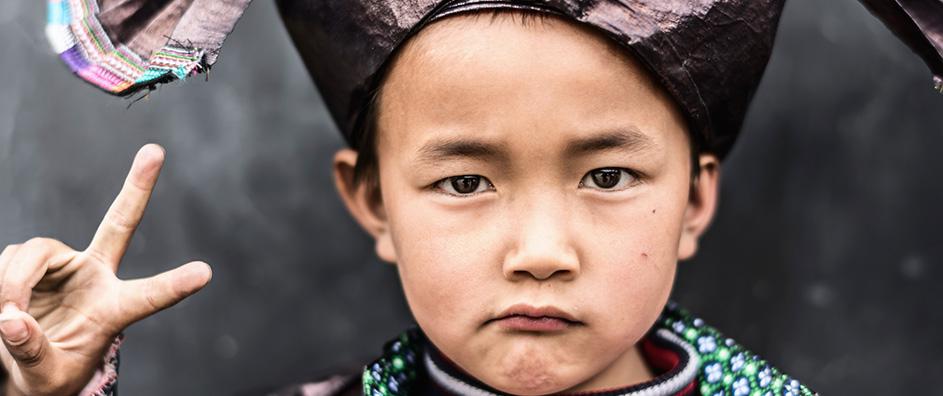The intricate interplay between the temporal and eternal dimensions of every tradition, particularly as elucidated in the Bahá’í teachings, presents a profound exploration of humanity’s spiritual and social evolution. This duality represents a foundational paradigm through which believers assess their experiences, doctrines, and practices. By dissecting the relationship between these two dimensions, one may gain a richer understanding of the essence of spiritual traditions and their relevance throughout the ages.
The temporal aspect of a tradition encompasses its historical context, cultural manifestations, and societal functions. It serves as the practical framework, deeply embedded in the ever-changing dynamics of human civilization. Traditions evolve, reflect the milieu of their inception, and adapt to accommodate the shifting paradigms of society. This temporal nature ensures that the teachings remain pertinent to present circumstances, fostering a vibrant and living faith capable of addressing contemporary challenges.
In contrast, the eternal dimension transcends time and space, embodying the fundamental spiritual truths that resonate across diverse cultures and epochs. This aspect encapsulates the immutable principles revealed by the Divine, which seek to guide humanity towards unity, justice, and peace. It represents an intrinsic yearning for divinity that remains constant, regardless of the fluctuations of temporal society. The eternal truths remain constant beacons amidst the storms of human experience, offering solace and direction to seekers of truth.
This dichotomy of the temporal and eternal serves as a conduit for a deeper examination of actuality and belief. Consider, for instance, the role of religious practices within specific epochs. Religious rituals, such as prayer or meditation, may adapt in form yet perpetuate an unalterable function: to connect the adherent with the divine. The Bahá’í Faith, with its emphasis on personal spiritual practice and community engagement, exemplifies this synthesis, inviting followers to integrate both dimensions within their lives.
To elucidate the significance of this interplay, it is essential to consider the impact of historical narratives on the demonstrated virtues of a tradition. The Bahá’í teachings emphasize the importance of progressive revelation, positing that each divine messenger brings forth teachings appropriate to the needs of their time, addressing contemporary societal issues while laying down universal truths. For instance, the revelations of Bahá’u’lláh introduced concepts of equity and the oneness of humanity as responses to the prevailing injustices and divisions of his time.
The recognition of temporal conditions enables adherents to engage critically with their faith, allowing for adaptation while remaining anchored to eternal principles. This dynamic interplay fuels intellectual vigor, enabling believers to cultivate a robust understanding of their tradition in an increasingly complex world. With curiosity and courage, Bahá’ís navigate through historical complexities, contextualizing their beliefs within the larger tapestry of human progress.
A common observation within religious discourse is the inclination of adherents to either adhere rigidly to historical interpretations or deviate profoundly from foundational tenets. This tendency illuminates the friction between the desirability of traditions rooted in past adherence and the need for interpretations that resonate with modern sensibilities. The Bahá’í perspective advocates for a balanced approach, inviting individuals to appreciate the rich heritage of their beliefs whilst embracing a future-oriented vision.
Moreover, the temporal-eternal dichotomy resonates across social dimensions, particularly in addressing global challenges. Education, as articulated in Bahá’í teachings, epitomizes the synthesis of both dimensions—a temporal tool aligned with the eternal principle of promoting individual and collective advancement. By integrating an understanding of spiritual truths into education systems, the Bahá’í community endeavors to cultivate not only knowledgeable individuals but also compassionate global citizens prepared to confront the myriad challenges of contemporary existence.
This interdependence allows for an enriched dialogue among diverse faith traditions. The perennial philosophy echoes throughout world religions, uncovering shared truths that affirm the unity of purpose behind varying expressions of spirituality. By fostering conversations that bridge temporal interpretations of faith, one nurtures a community spirit aligned with the eternal vision of universal peace and collective progress. The Bahá’í teachings encourage such interactions, advocating for respectful engagement and collaborative endeavors that transcend divides.
As individuals delve deeper into the dual nature of their traditions, they often discover layers of meaning that prompt introspection and personal growth. The impassioned quest for understanding engages followers on profound levels, inspiring them to explore and embody the principles of their beliefs. Such explorations reveal the ongoing relevance of spiritual teachings as dynamism and engagement merge with unchanging truths.
Ultimately, the dual dimensions of every spiritual tradition—temporal and eternal—serve not only as a framework for personal exploration but also as a guide for collective aspiration. The intersection of historical contexts with timeless truths invites individuals to craft lives enriched with purpose, engagement, and an unwavering commitment to the betterment of humanity. Within the Bahá’í paradigm, such a commitment is irrevocably linked to the core understanding that both dimensions contribute to the grand narrative of human experience, guiding souls toward unity in diversity, harmony, and a shared vision of a just future.
